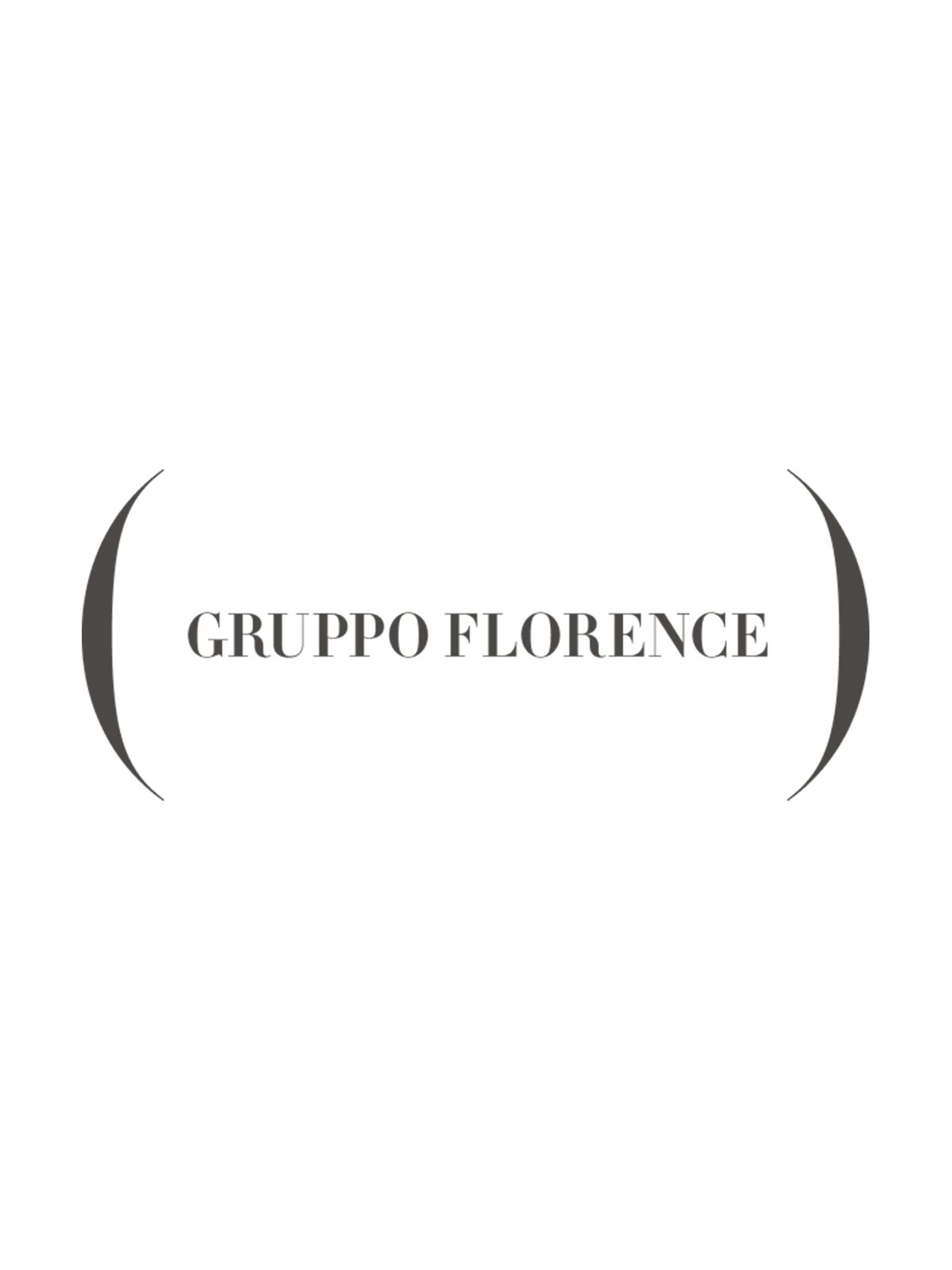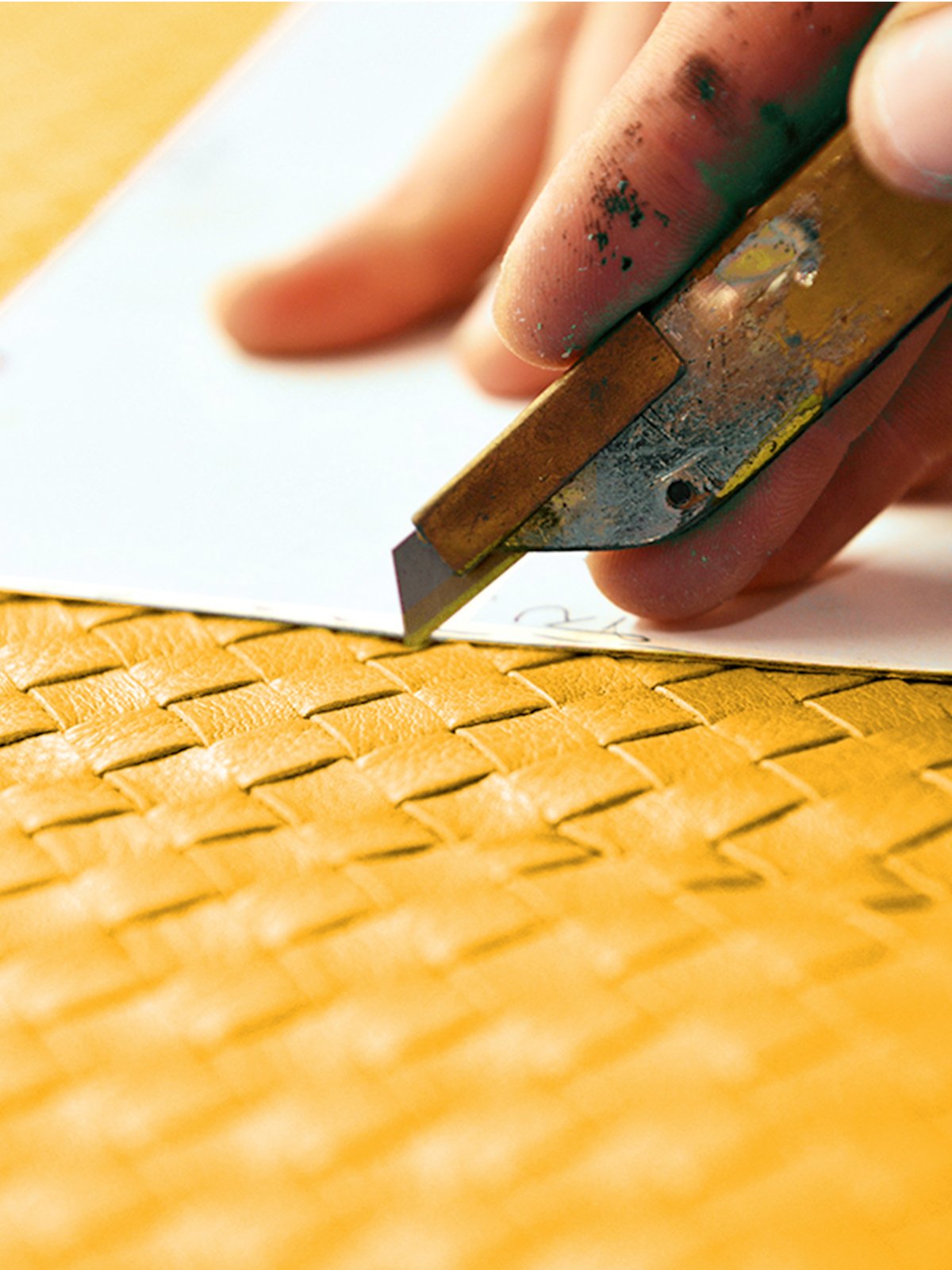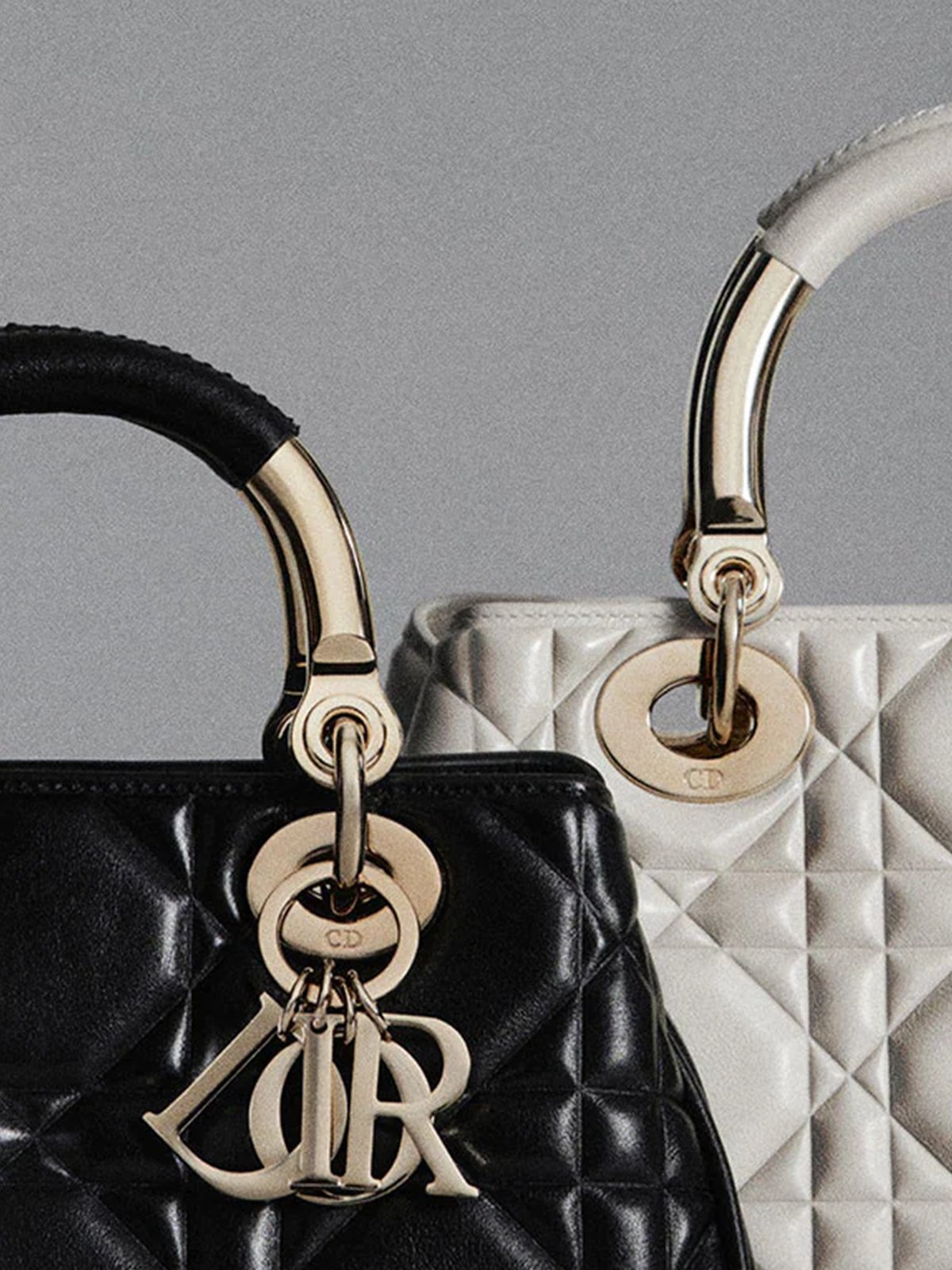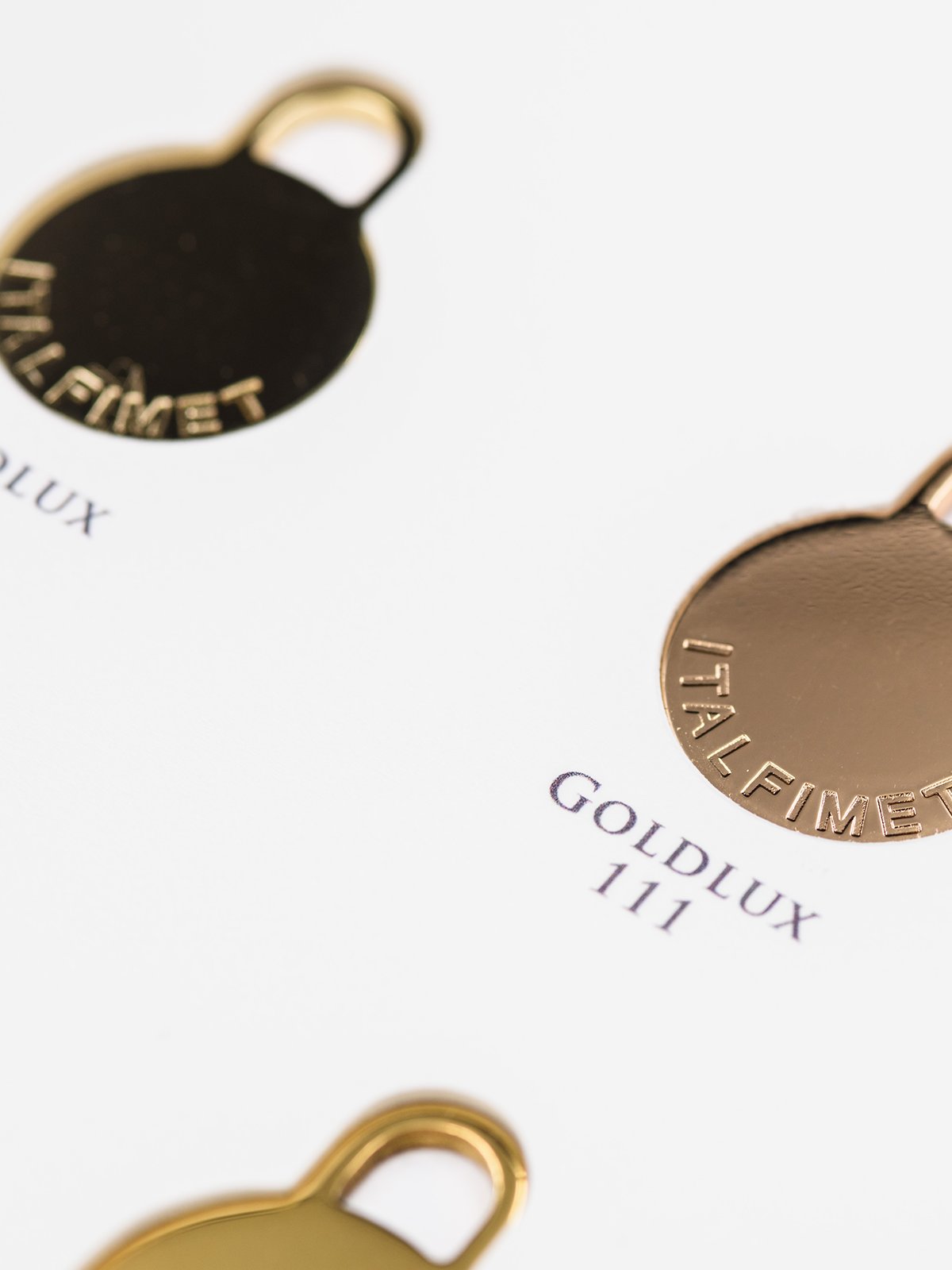News
Chi Ri-Cerca Trova: Circulose makes fashion circular

New Leather&Luxury column, a journey in search of innovative materials, techniques and processing undertaken with designer Bettina Grampa.
The sustainability problems of the textile industry are big because the textile industry is huge. 300 million people are employed in this industry (source: EMF) creating 150 billion garments each year (source: WEF).
Disposal of discarded or unsold clothing is therefore one of the main problems related to this industry. Renewcell is a Swedish company that builds and operates recycling plants and develops technologies to make fashion circular. Renewcell produces Circulose®, "Circular cellulose" , a "dissolving pulp" made from 100 percent textile waste, such as worn-out jeans, production waste, etc. With Circulose® within their products, brands and designers are pushing fashion toward a less wasteful future with a more durable product, without having to compromise on quality or design. Those who choose garments made with Circulose® can thus help dramatically reduce the impact of raw materials and waste in fashion.
"Using an innovative process powered by 100 percent renewable energy at our recycling facilities in Sweden, we transform old clothes into a pristine natural material that does not require cotton fields, oil or trees."
"For sourcing, we consistently collaborate only with suppliers of post-consumer and post-industrial textile waste fractions that meet our basic requirements:
- 95 percent or more cotton content
- 5 tons or more of individual shipments -Regular delivery intervals -Supplier compliant with our Supplier Code of Conduct."
Here's how it works:
1. We collect discarded textiles, such as worn-out clothes that can no longer be resold or used. We prefer cotton clothes because they contain a lot of cellulose.
2. The clothes are shredded, unbuttoned, waxed, bleached, and turned into a slurry. Impurities, such as plastic polyester, are removed. What remains is cellulose, the biodegradable organic polymer that cotton, trees and all the green plants on earth are made of.
3. The pulp is dried to produce sheets of pure Circulose®. The sheets are packed into bales and shipped to be processed into textile fibers.
4. Designers create new clothes using Circulose® recycled from 100 percent clothing waste.
5. Closed loop
The pulp that is generally used to make viscose, lyocell, modal, acetate, and other types of man-made cellulosic fibers (also called rayon or regenerated cellulose) is derived primarily from wood; in Circulose®, however, the cellulose is obtained from 100 percent textile waste instead of trees. Circulose® is nothing more than biodegradable cellulose. Cellulose is the most abundant organic molecule in nature. It is the element of which the cell walls of most plants and trees are made. Cotton is the purest form of cellulose found in nature.
Fibers made from Circulose® are equivalent to virgin fibers in terms of applicability and quality. They can therefore be used alone or in blends with other fibers, depending on preference. The innovative key is precisely this: traditional fabric recycling technologies are limited in the quality that can be achieved. With traditional recycling, the yarn is often too weak and has too different a tactile feel and appearance from virgin fibers. Circulose is sold in pulp to customers and partners who produce fibers, yarns, fabrics, and garments.















